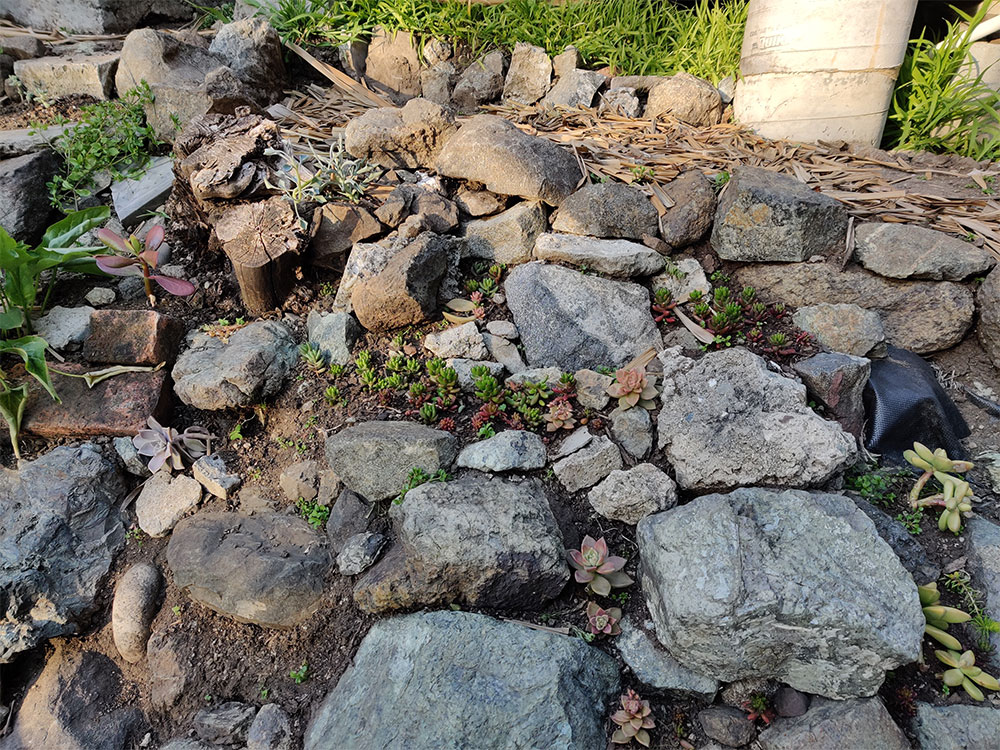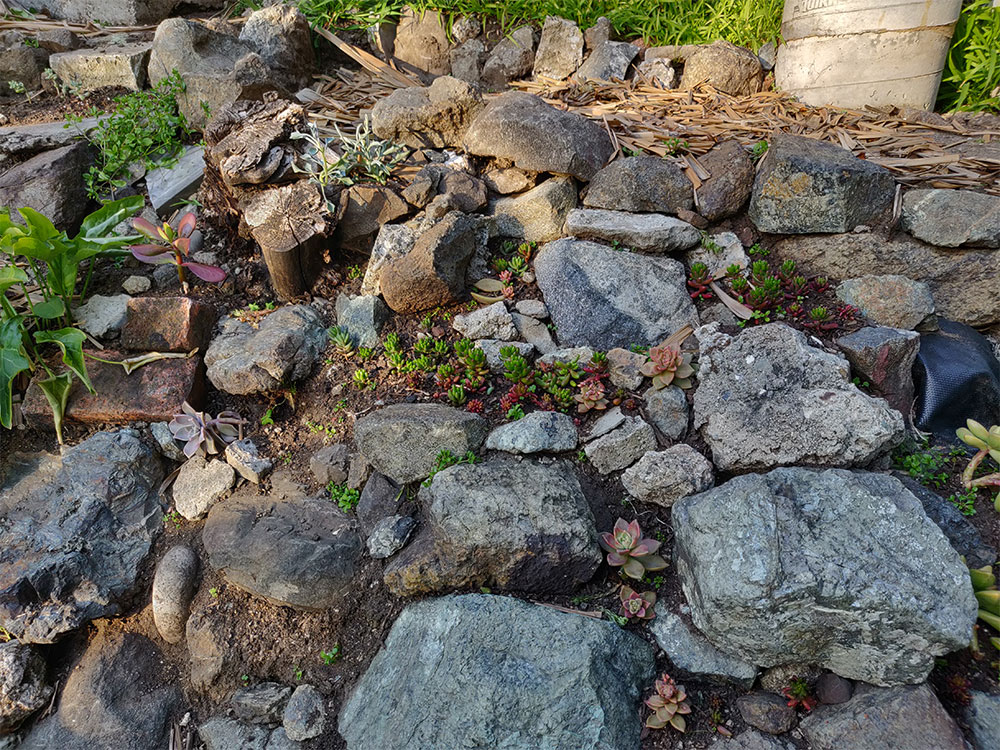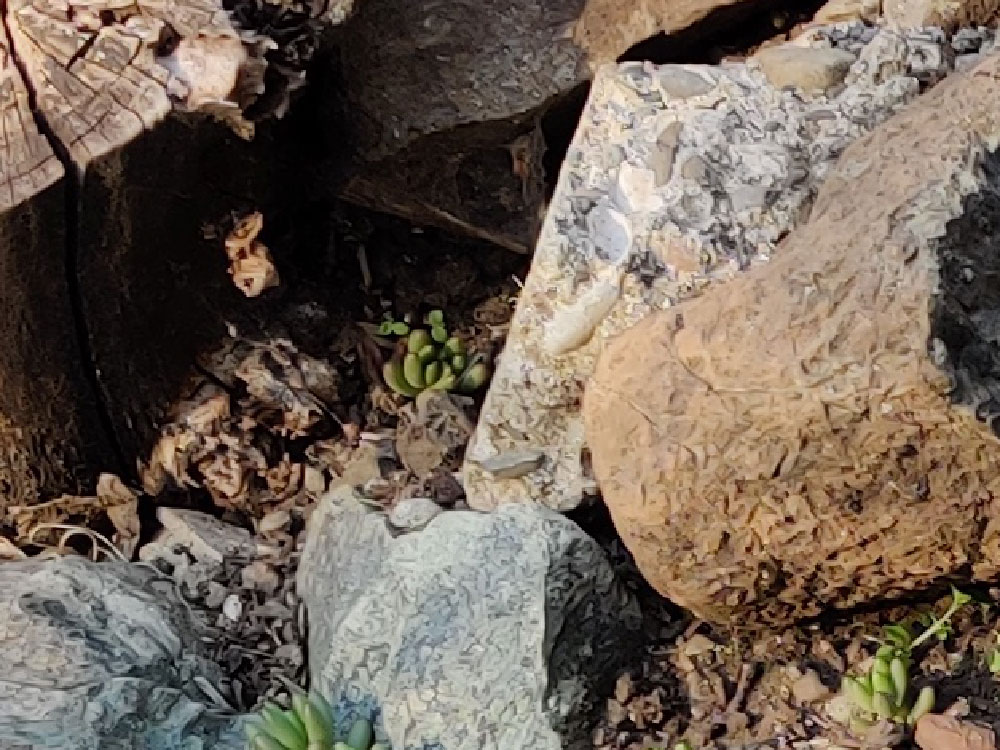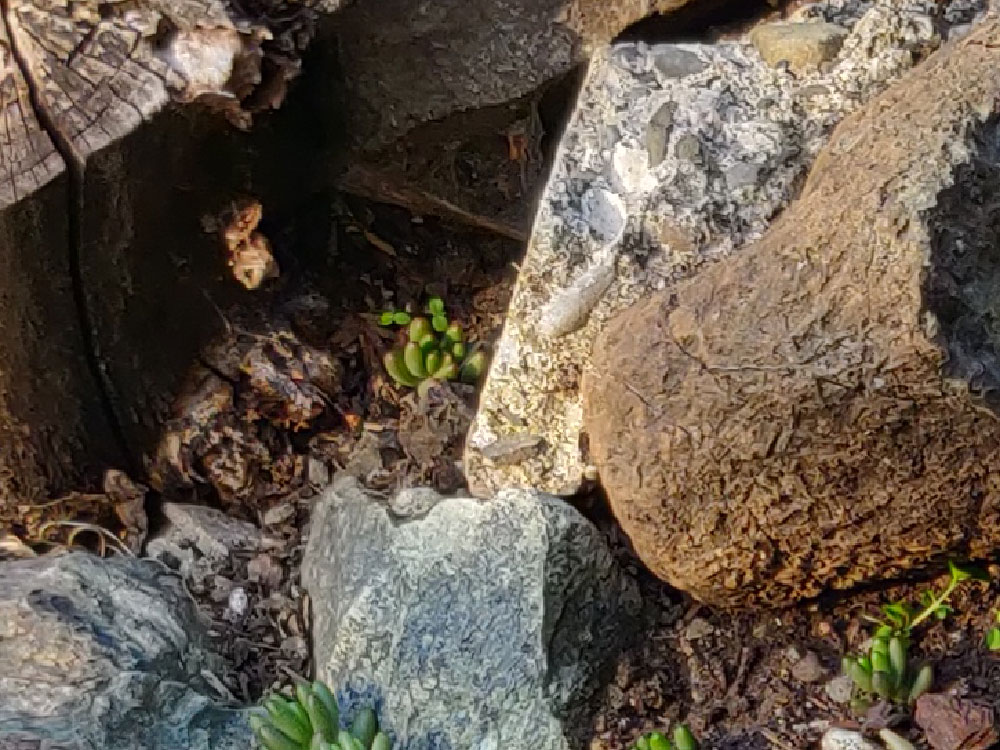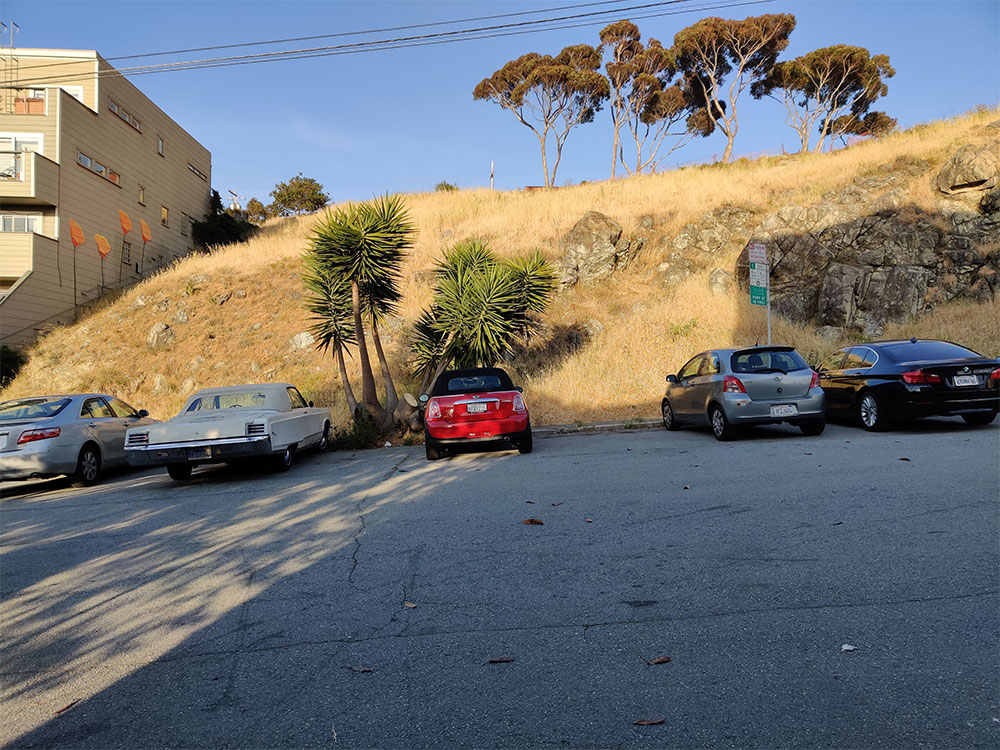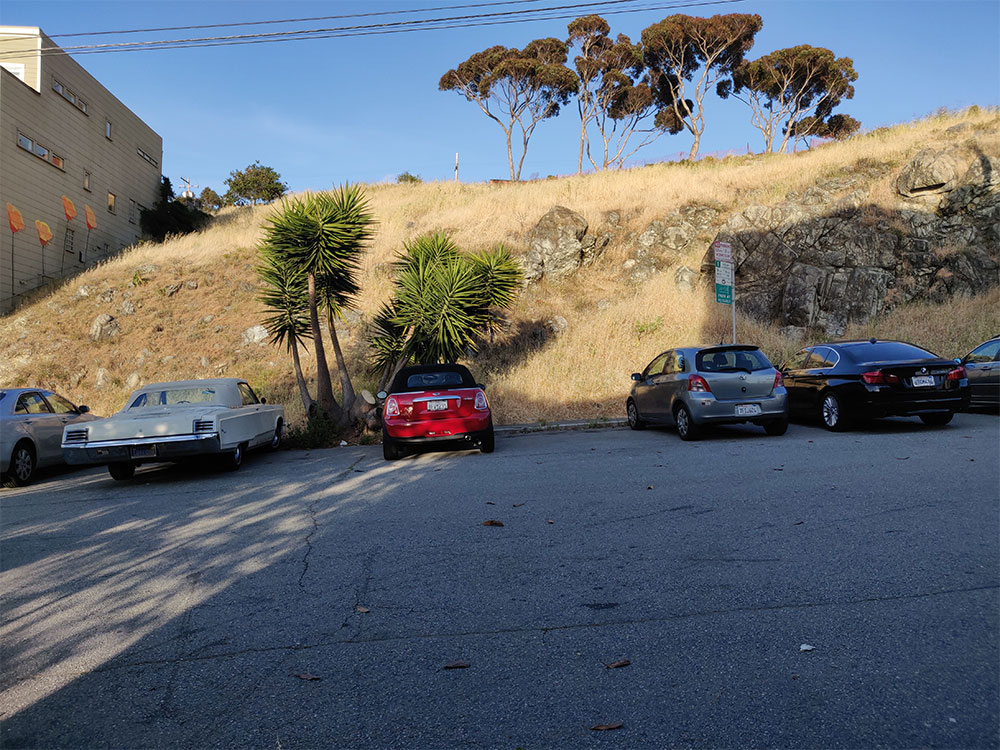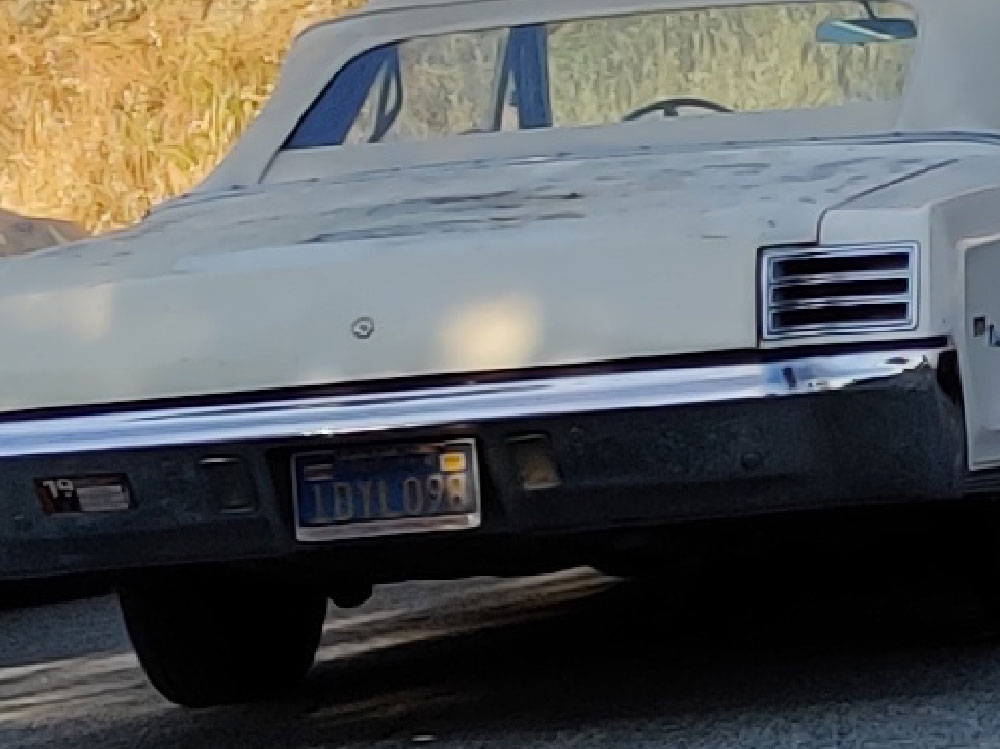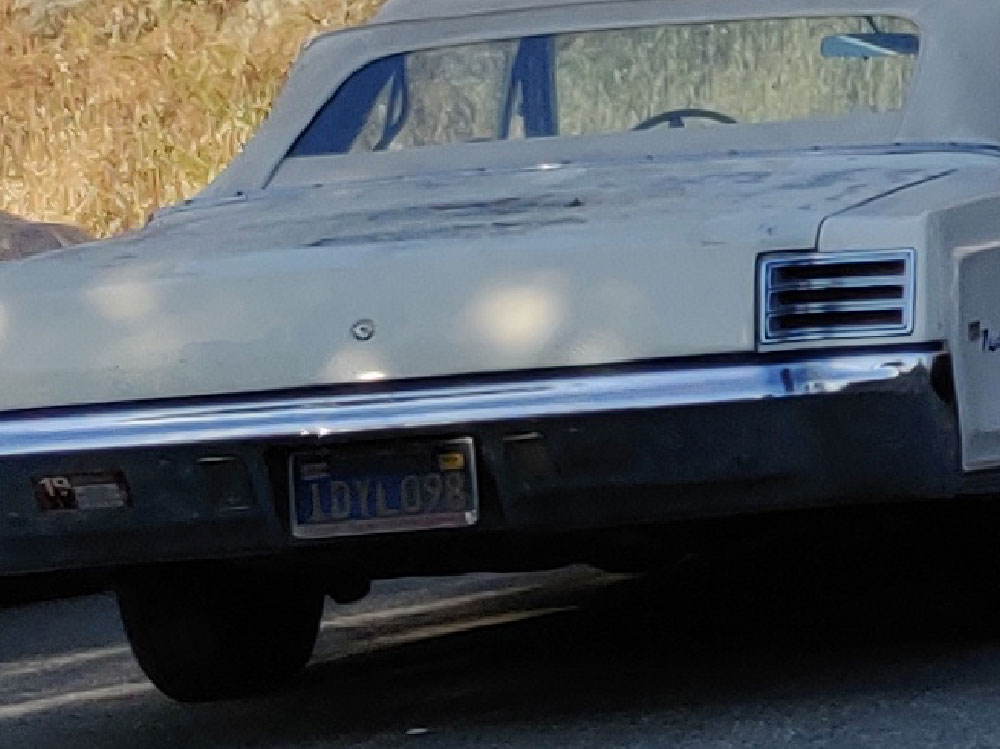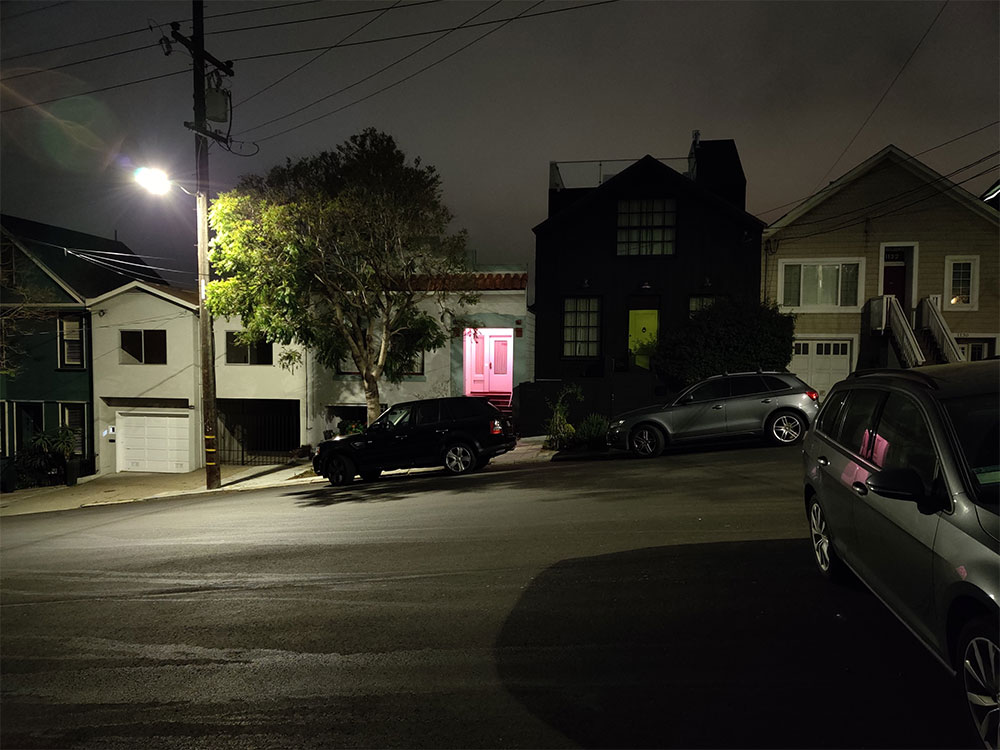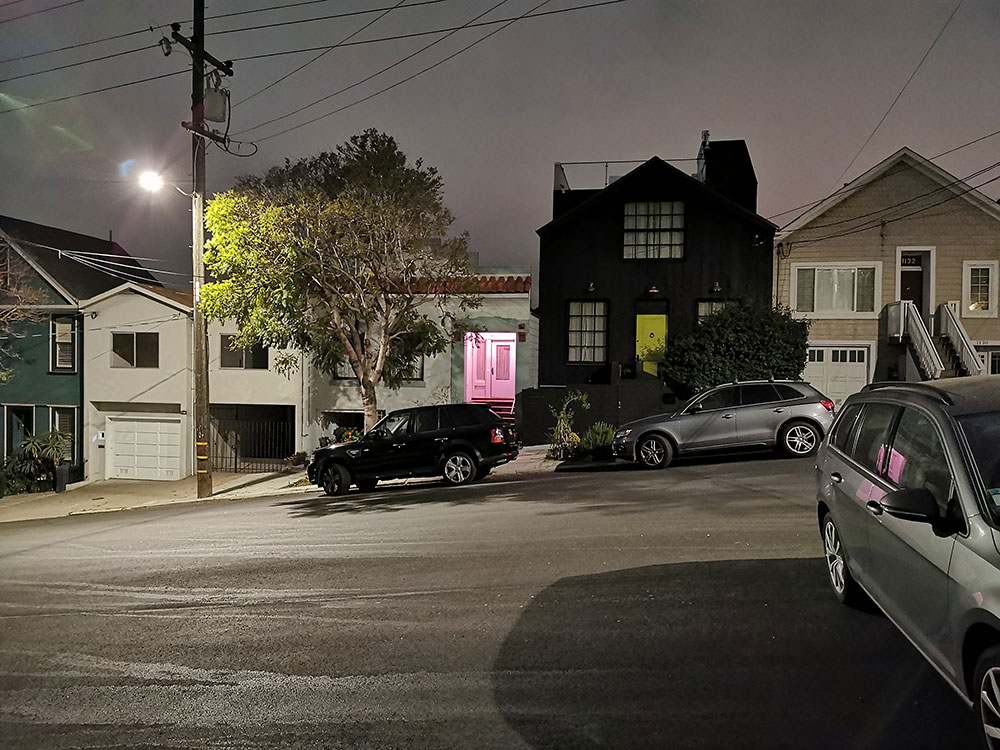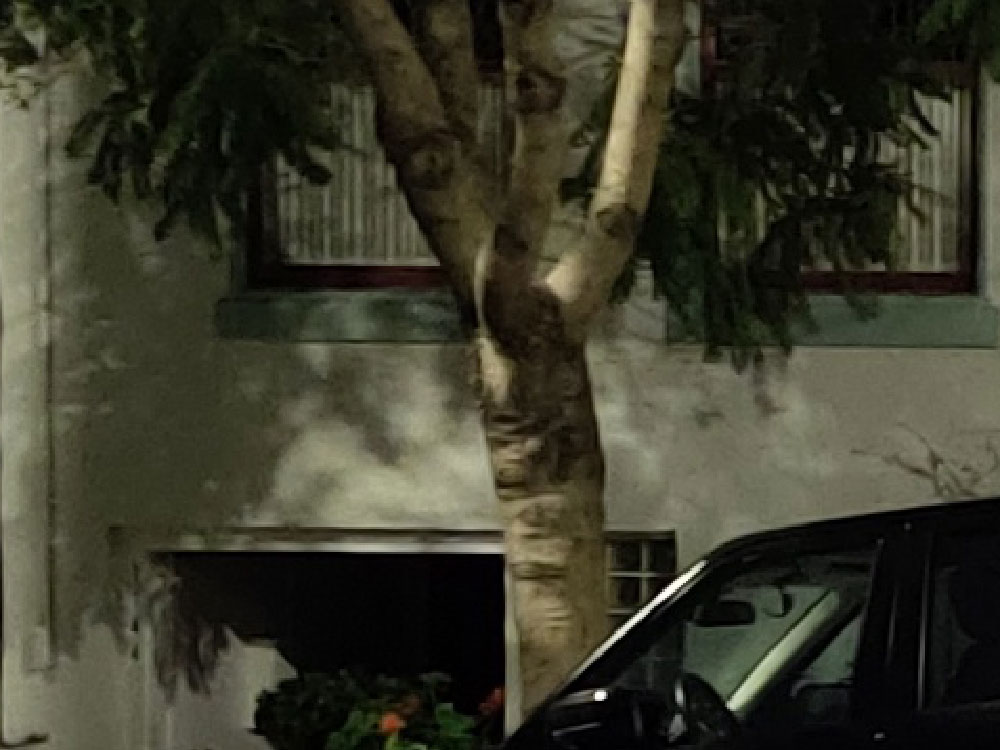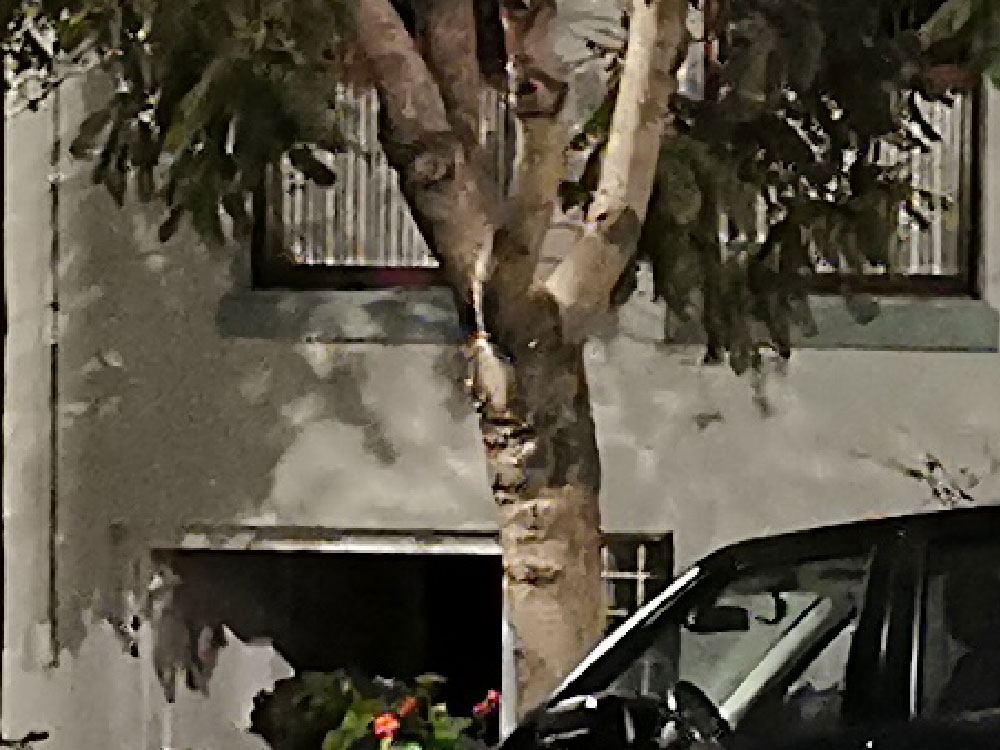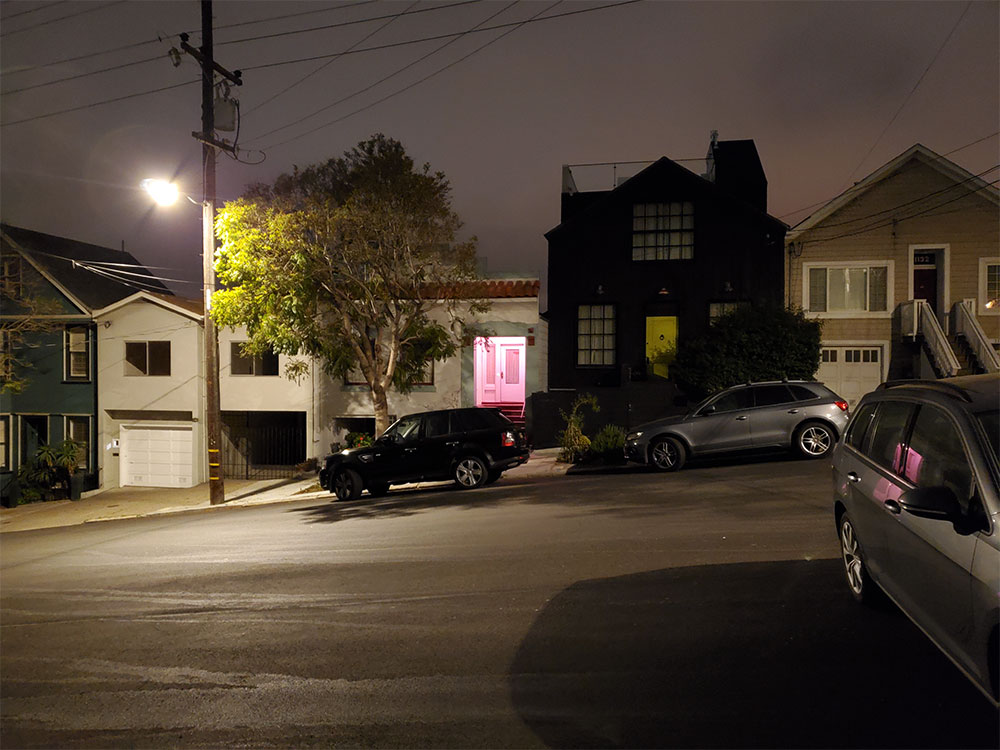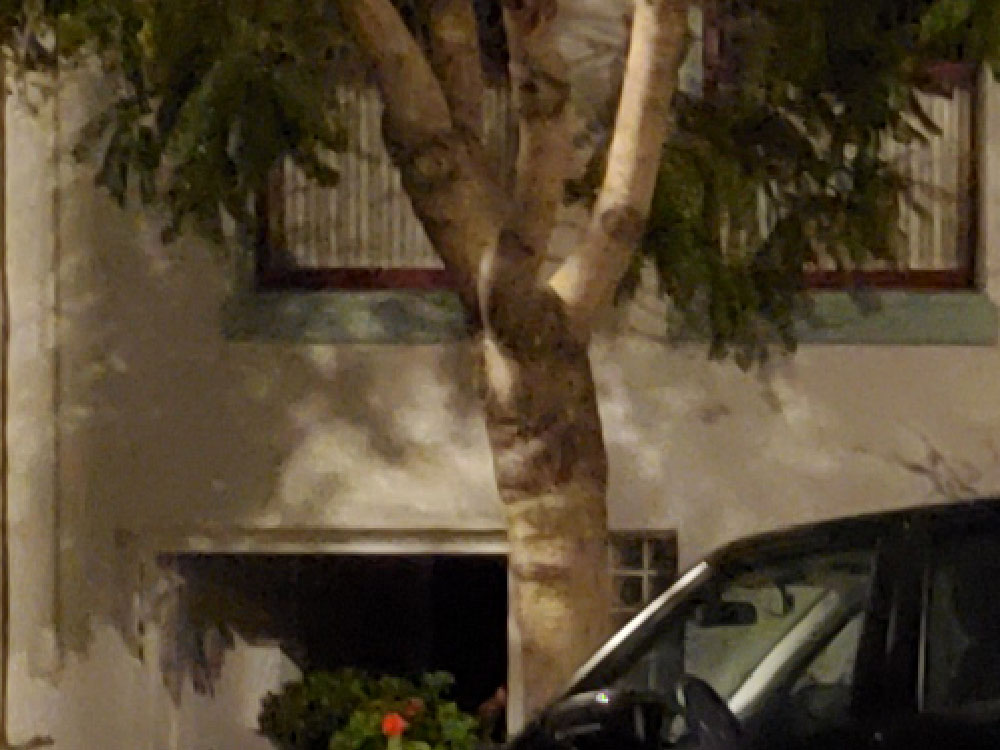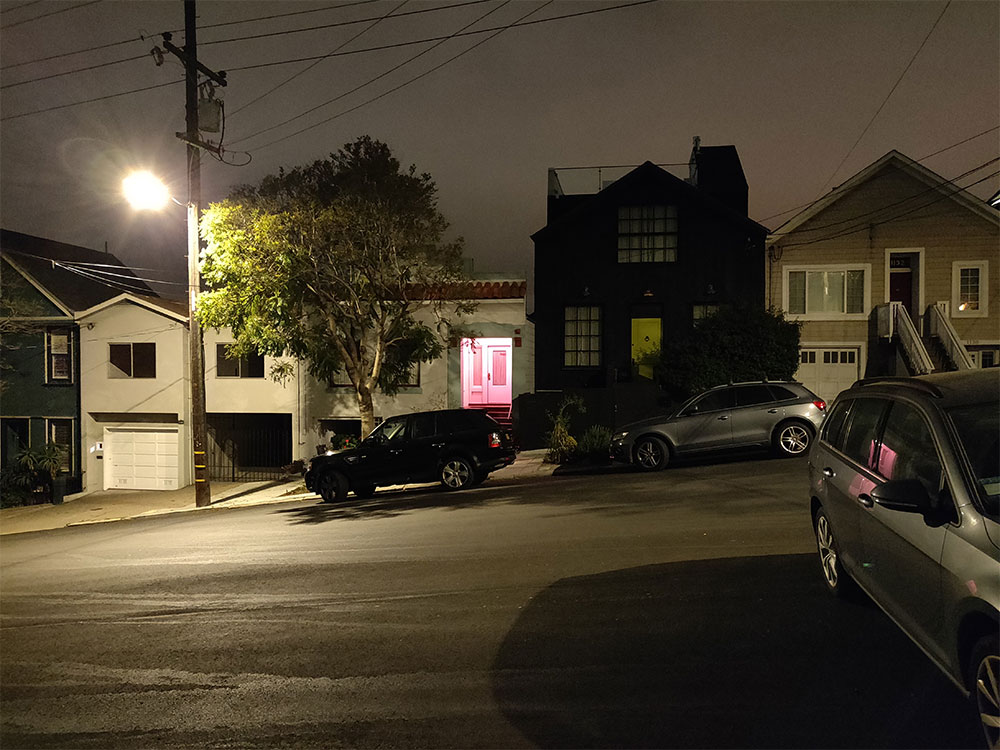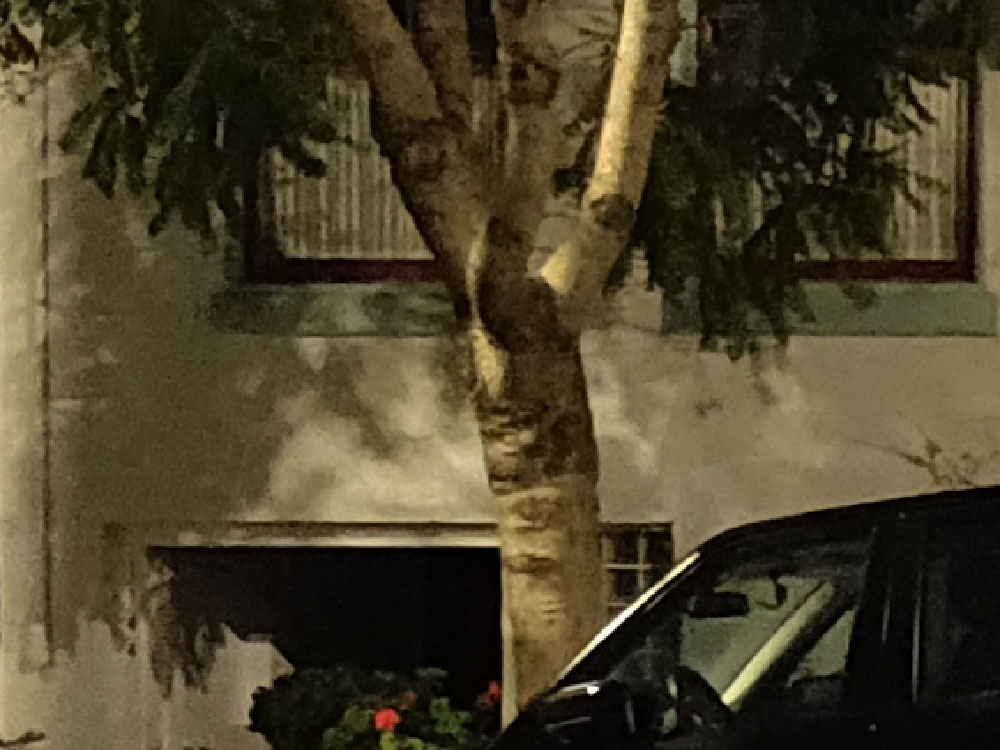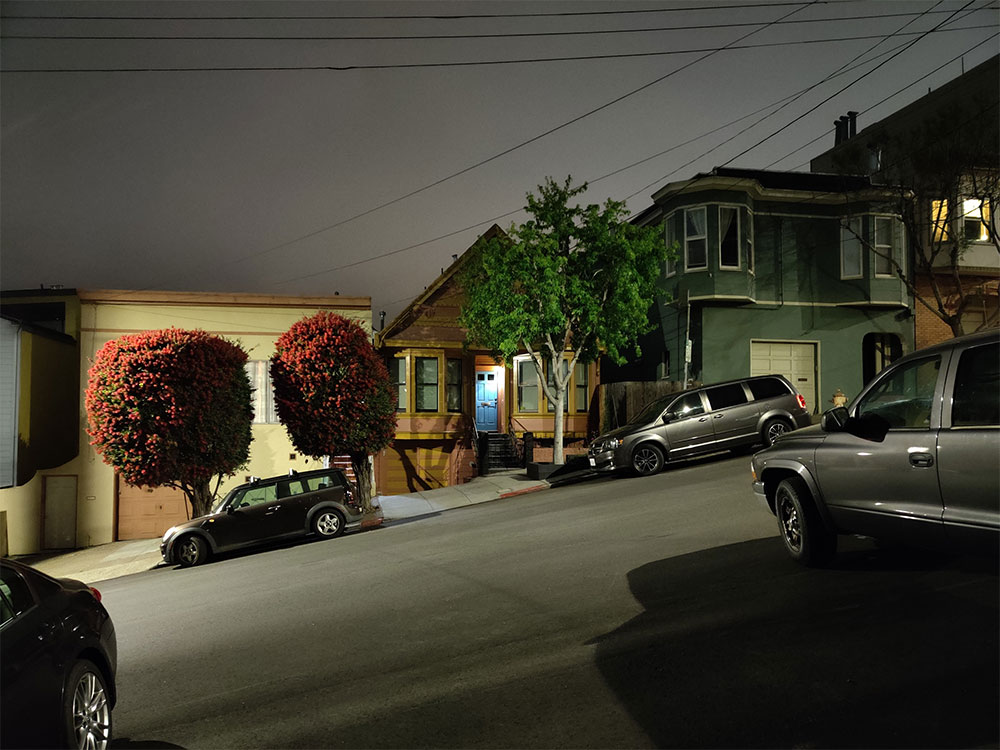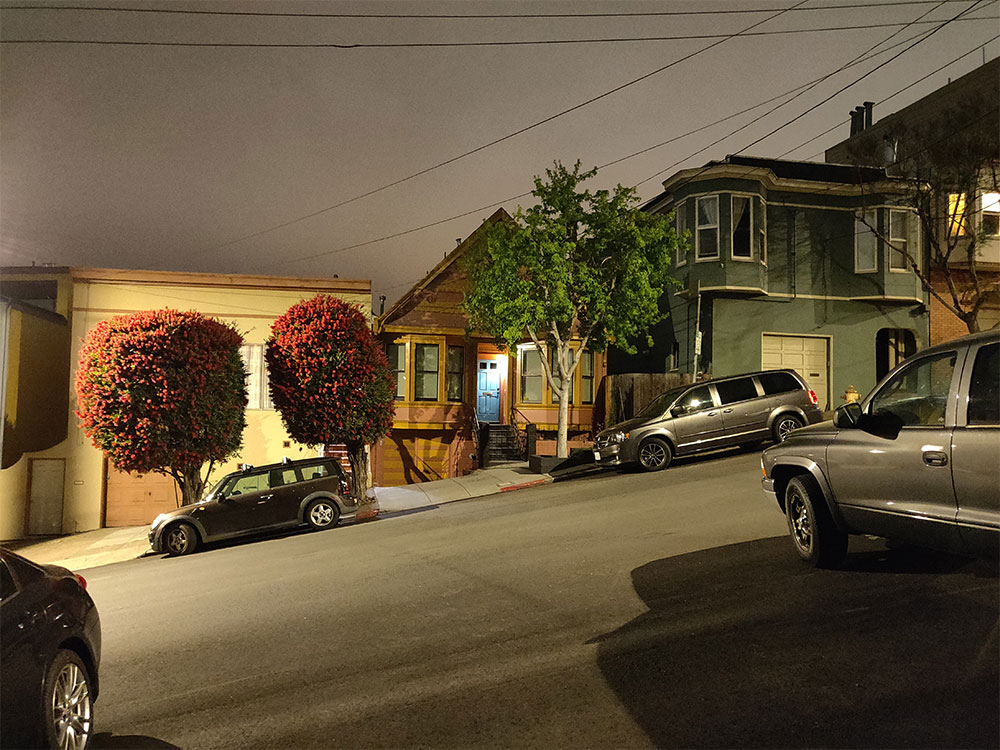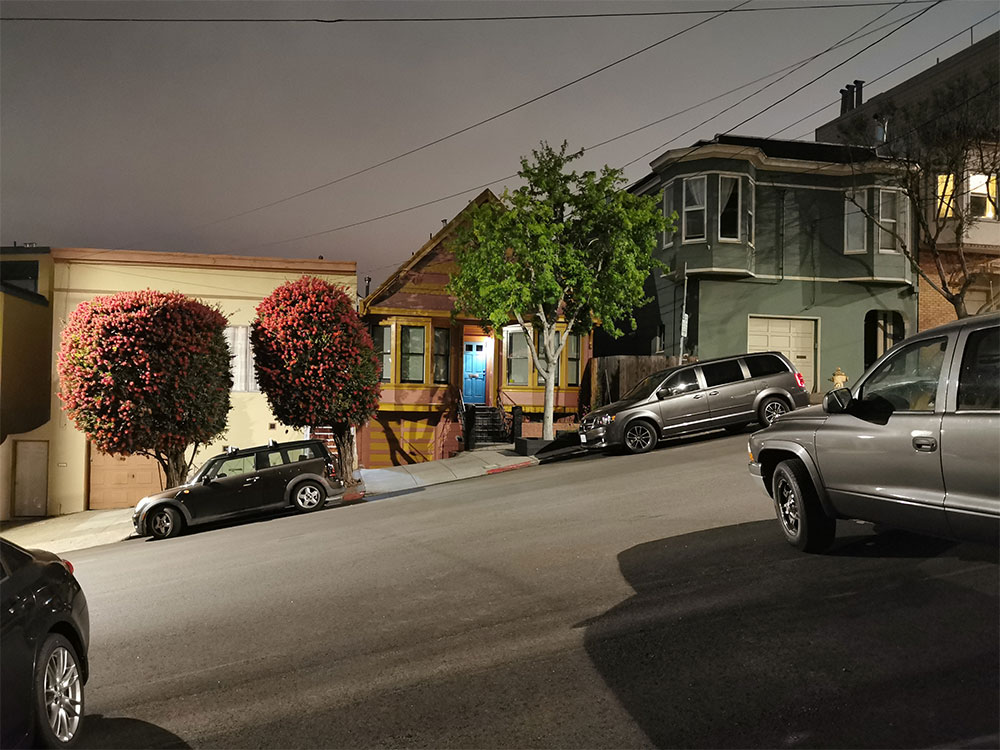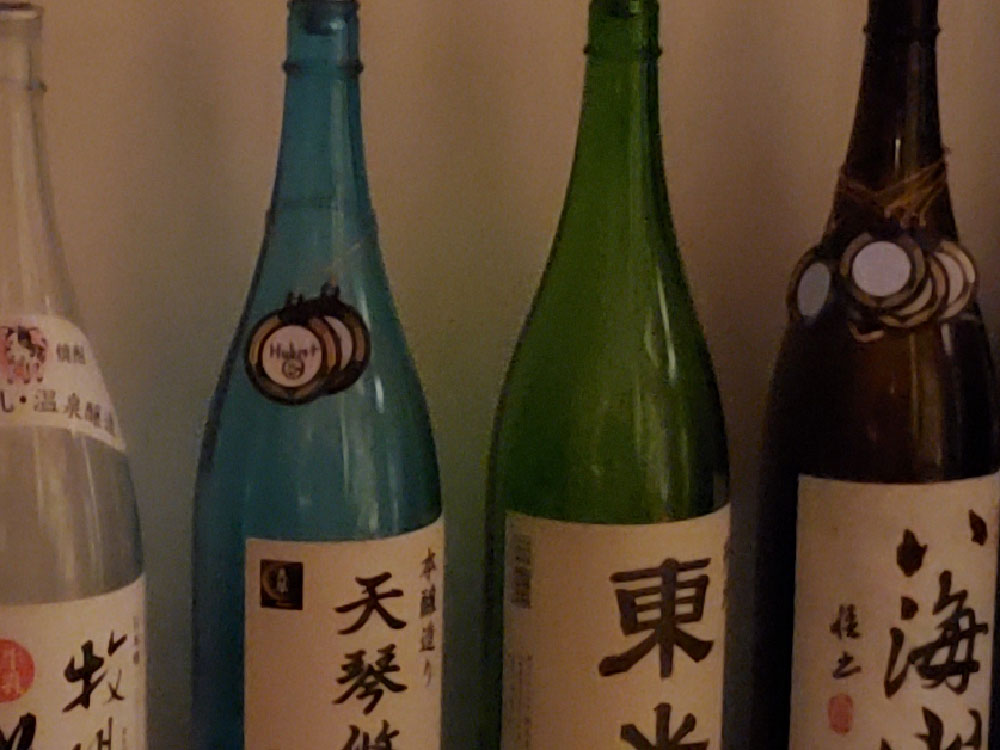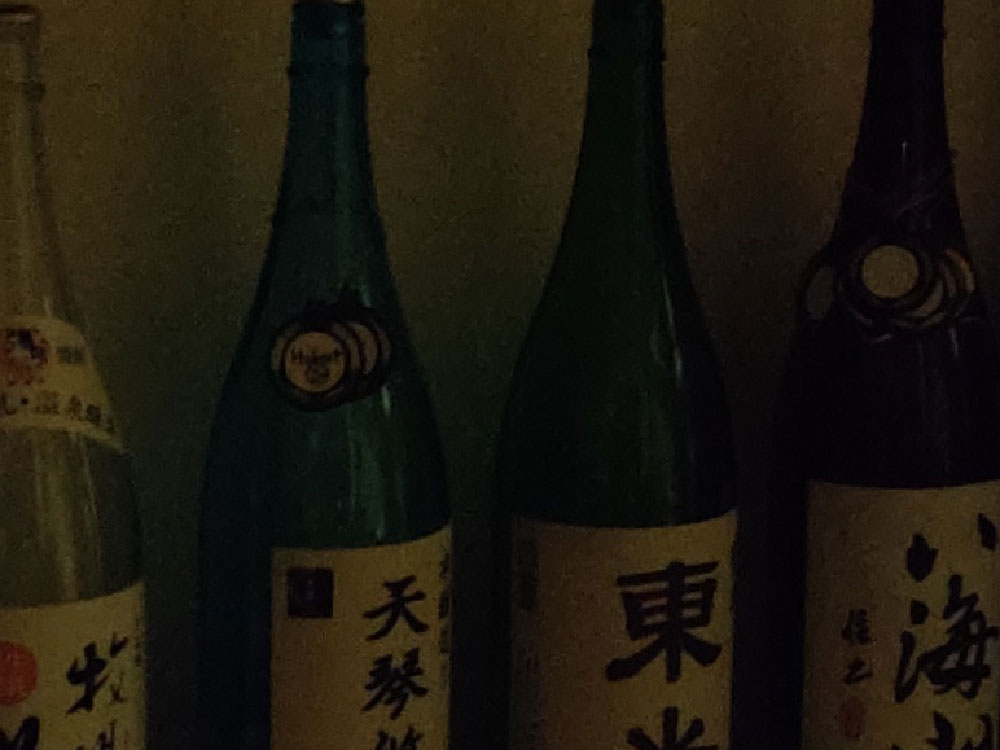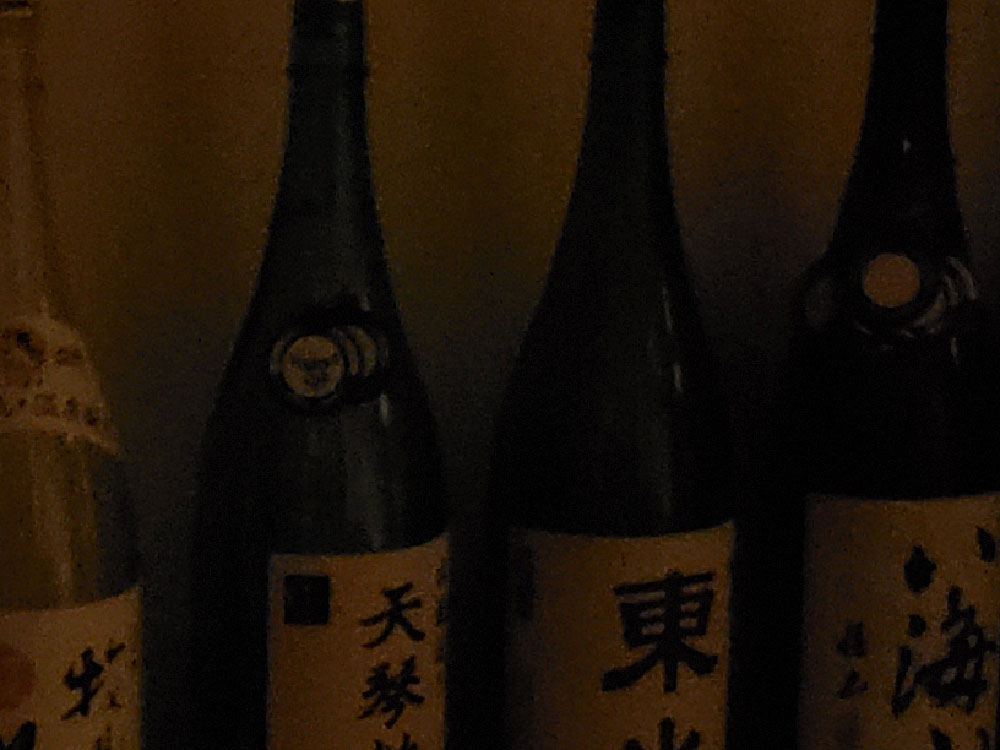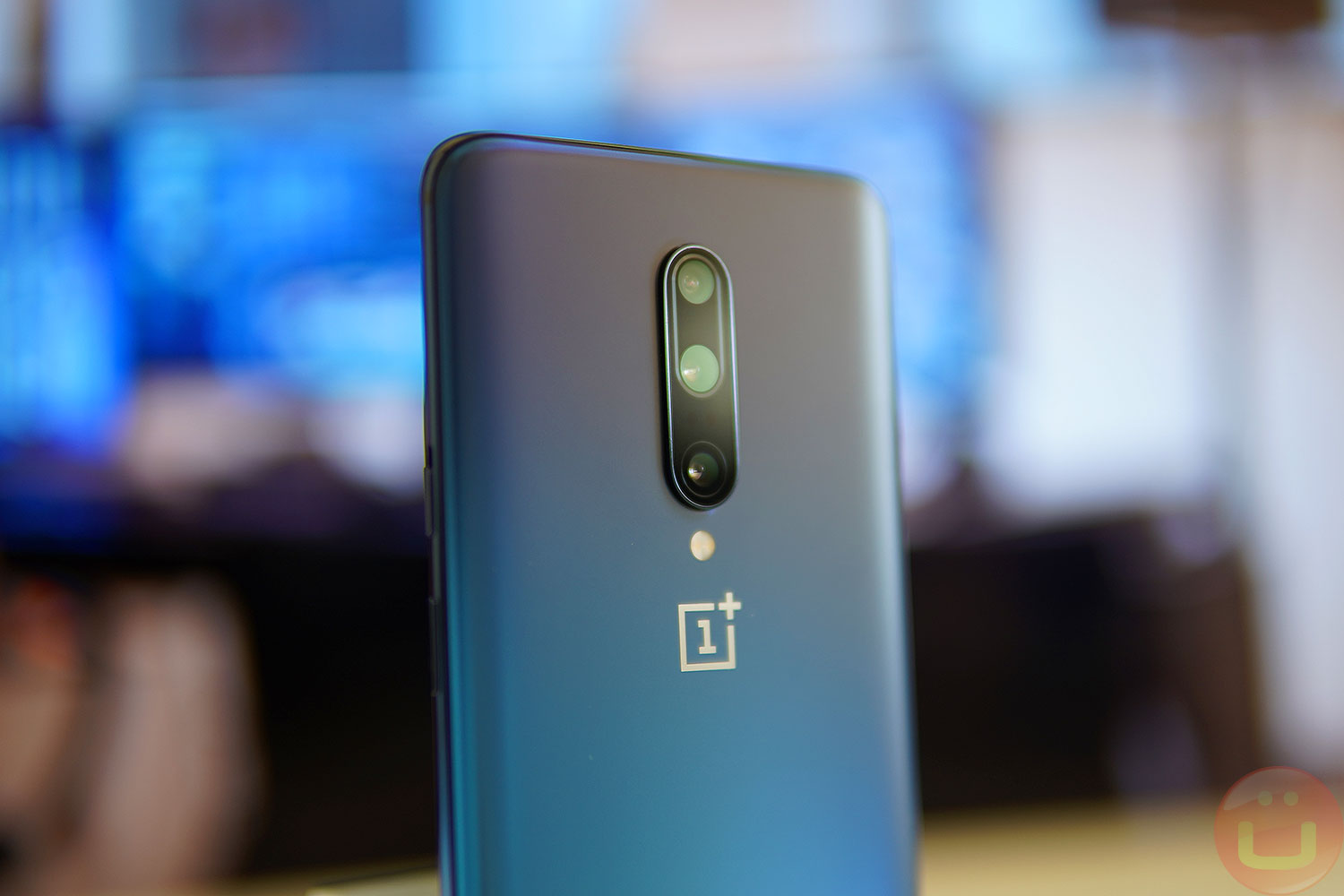
The latest OnePlus flagship is always something that the public is looking forward to, especially since the handsets are widely available in the USA via T-Mobile. The OnePlus 7 Pro is designed to challenge the best high-end smartphone cameras, at a competitive price. Let’s put the rear camera system to the test to see how good it really is.
Key Camera Specifications
- Rear Camera System (3 cameras)
- Primary: 27 mm 48-MP f/1.6 (12-MP auto mode) Quad-Bayer, OIS
- Ultrawide: 13 mm 16-MP f/2.2
- Zoom: 74 mm 8-MP f/2.4, OIS
Image Quality Analysis
Important: let’s clarify some terminology we’ll be using:
- “image processing”: software work that improves the image data quality
- “image filtering”: software work that changes the style (aesthetic) of the photo.
- “context photo”: a great approximation of what we see
- Including how dark the scene actually is
- Only to provide the context of the shot.
- Not a quality benchmark
A note about the Uber IQ Camera image quality benchmark: our camera scoring system is based on four “Pillars” or sub-scores that provides much-needed nuance: day, night, zoom and ultrawide photography.
Bright Light Photography: 186
As you might remember, the OnePlus 6T is among the best daylight cameras, so we were very curious to see how the OnePlus 7 Pro would perform. Below is a scene in which “high-end phones” do well, it’s not super-tricky as the HDR challenge isn’t drastic.

Context: what we’re looking at
Above: the OnePlus 7 Pro over-exposes the picture a little (like the Galaxy S10 camera) but both are obviously really good. The OnePlus 6T has slightly better HDR capture and doesn’t even exaggerate colors too much here. The output looks agreeable and a bit better than OnePlus 7 Pro.
If we take a closer look, we can also see that the OnePlus 6T camera captures more details with its 16 MP sensor, while the OnePlus 7 Pro switches to 12 MP in auto-mode, despite having a 48 MP Quad-Bayer sensor.
Above: with the cropped picture, the effects of the over-exposure of the OnePlus 7 Pro are more obvious. The succulent plants in the center lose some subtle color variations, like the red tint at the tip of the leaves. The HDR difference in the shadowed areas is more visible too as the OnePlus 6T looks a bit more life-like. Finally, the additional detail of the soil, and rocks in the 6T photo is quite obvious.
In the scene below (red mini), all high-end phones do pretty well from a distance, but OnePlus 7 Pro does better with the dry grass color than 6T. It’s not something that you would know without the context, but at this level in mobile photo, every detail should be looked at.

Context: the scene we’re looking at
As we look closer, we can see that The OnePlus 7 Pro has an aggressive noise-reduction filter. Let’s compare each phone with the cropped context photo:

Cropped context photo: life-like details
While OnePlus 7 Pro tends to have less noise, that algorithm also removes some of the more subtle details such as paint damage and small color variations that make up the “texture” of the surface.
Night Photography: 194

Context: what we’re looking at
In low-light photography, the OnePlus 7 Pro does very well and has a noticeably better image quality than OnePlus 6T, especially when it comes to noise levels. OnePlus 7 Pro can easily be compared to the Galaxy S10 or the Huawei P30 Pro camera, but we’ll go over the differences in quality that may sway you over, but if you’re coming from an iPhone, the OnePlus 7 Pro outperforms the iPhone Xs in low-light.
"THE ONEPLUS 7 PRO OUTPERFORMS THE IPHONE XS IN LOW-LIGHT"OnePlus 7 Pro has a camera tuning style which is relatively natural and doesn’t look too processed, and that’s the biggest difference if you are contemplating the Huawei P30 Pro. From an objective point of view, the details of the OnePlus 7 Pro can be a bit better, but the noise levels tend to be higher than P30 Pro, partially because Huawei has very aggressive noise removal software.
On the cropped photo, you can see that the Huawei P30 Pro filtering style removes subtle foliage shadow on the wall. The curtains and car reflections are much harsher than they are in real life, and it looks like the front car driver window tint is almost gone.
Remember: with simple editing, it’s very easy to make the OnePlus 7 Pro photo look like the P30 Pro, but the P30 Pro can never go back to looking natural. Bighter is not always better in low-light photography and that image filtering can destroy details.
Compared to Galaxy S10, the OnePlus 7 Pro captures images with a bit of a cold tint, while S10 has a warm tint. Overall, the Galaxy S10 has a slight advantage with the HDR and has dark areas that are a bit more defined. On the other hand, the OnePlus 7 Pro preserves textures and details a bit better, and it’s something that can be seen on the tree bark, pavement or sidings.
To show you the changes from OnePlus 6T, we can compare as well. First, you can see that the tuning style has shifted from slightly exaggerated warm and saturated colors (6T) into something that is more natural and predictable (7 Pro).
A closer look shows that OnePlus 7 Pro has much better noise management than the OnePlus 6T, and that’s particularly visible on the tree, and on the car in the cropped photo below:
Similar results can be seen again and again in other real-world scenes such as this one below. The overall same characteristics will be encountered, with the OnePlus 7 Pro taking a sharp turn from the OnePlus 6T style, but with objectively better noise quality.
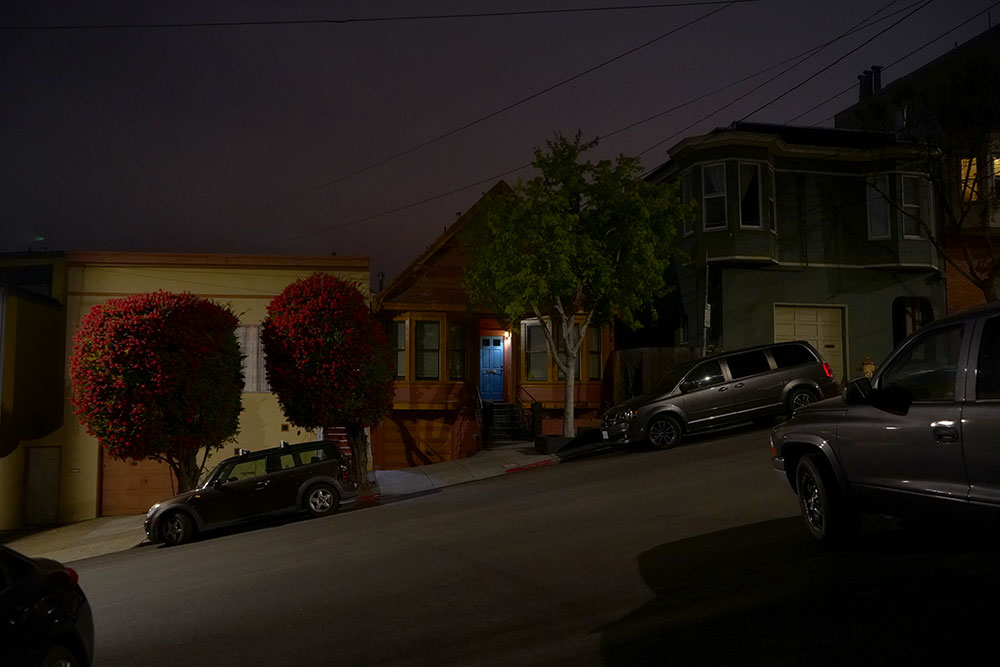
Context: the scene we’re looking at
By comparing the camera to our context shot, you can see that there’s image processing and color hue changes happening, but the Huawei phones remain the ones that process images the most:
At the edge of night vision (~0.5 LUX of brightness), the Galaxy S10 is less noisy than the OnePlus 7 Pro. The bottles below scene is lit at ~0.5 LUX and doesn’t require HDR because the light is very soft and diffuse.
Night Vision
Important: consider night-vision as a “separate mode” from regular low-light (10 to 0.5 LUX).
In extreme low-light (~0.01 LUX), the OnePlus 7 also does really well and is capable of slightly outperforming the Galaxy S10, although it won’t be able to unseat Huawei’s P30 Pro which has been designed for this exact use case. This particular skill doesn’t come in handy that often in real-world situations, but it does contribute to the overall Night Photo score.
What is 0.01 LUX? To give you a reference, 0.01 LUX is 1/10 the brightness of moonlight, but 10X the brightness of starlight. At 0.01 LUX, you would be at risk of stumbling on something if you’re walking around.
The Huawei P30 Pro goes from “classic low-light” mode into “night vision” mode below ~0.04 LUX. At the point, it starts taking that pink tint which is probably due to using extreme high ISO gain. Note that the noise reduction of Huawei is pretty impressive despite the color hue loss.
"SIGNIFICANTLY BETTER THAN PIXEL 3 AND IPHONE XS IN THIS KIND OF DARK ENVIRONMENT"Neither the OnePlus 7 Pro or Galaxy S10 can boast about having a real night vision feature, but they still doing significantly better than Pixel 3 and iPhone Xs in this kind of dark environment.
Zoom Photography: 104
In the past, OnePlus had not been aggressive with zoom photography, but given the competitive situation, it has become mandatory now. As a result, there’s a 74mm optical zoom lens to optimize zoom performance. In our tests, it is comparable with the 80mm zoom lens of the Huawei P30 / Mate 20 Pro, which is very good, but not as excellent as the Huawei P30 Pro’s 135mm lens.
Above, you can see that the 74mm optical zoom of the OnePlus 7 Pro does better than the Galaxy S10 54mm zoom. However, the comparison below shows that the 135mm zoom of the P30 Pro has the upper-hand. None of this is a surprise, but it was worth verifying.
Ultrawide Photography: 115

The ultrawide photo performance of the OnePlus 7 Pro is pretty good, with daylight photos comparable in Quality with Galaxy S10 in terms of details and noise (the S10 has a wider angle, though). However, the low-light ultrawide performance isn’t great and that’s why the overall ultrawide score can’t quite catch up with the Galaxy S10 and LG G8.
Had OnePlus had better low-light ultrawide photos, it would have beaten the Galaxy S10 and would have been a great challenger to the Huawei P30 Pro, the current top camera.
Conclusion
| Uber IQ Camera | Sub-scores |
|---|---|
| Day | 186 |
| Night | 194 |
| Zoom | 104 |
| Ultrawide | 115 |
The OnePlus 7 Pro brings a high-end photo experience to the table and covers the most important aspects of mobile photography with a high-quality rear camera. The primary camera module change slightly lowered the daylight photo performance but vastly improved the night photo performance which is extremely important to users.
And with Ultrawide and Zoom at a very competitive level, prospect OnePlus 7 users can focus on other aspects of the phone, without worrying about the camera experience. It’s true that technically, there are a couple of slightly better smartphone cameras out there, but in the $699+ price range, the OnePlus 7 Pro has the best camera for the price, and that’s exactly what it was built for.
"TODAY'S BEST CAMERA FOR THE PRICE AT $699+"Kudos to OnePlus for decreasing the amount of image-filtering from the OnePlus 6T since it gives more creative control to the users while making shots more predictable at the same time. There’s more work to be done from a color-capture perspective, but the progress has been remarkable.
Filed in . Read more about Camera Benchmarks, Editorspick, Mobile Camera Reviews, OnePlus and OnePlus 7 Pro.
